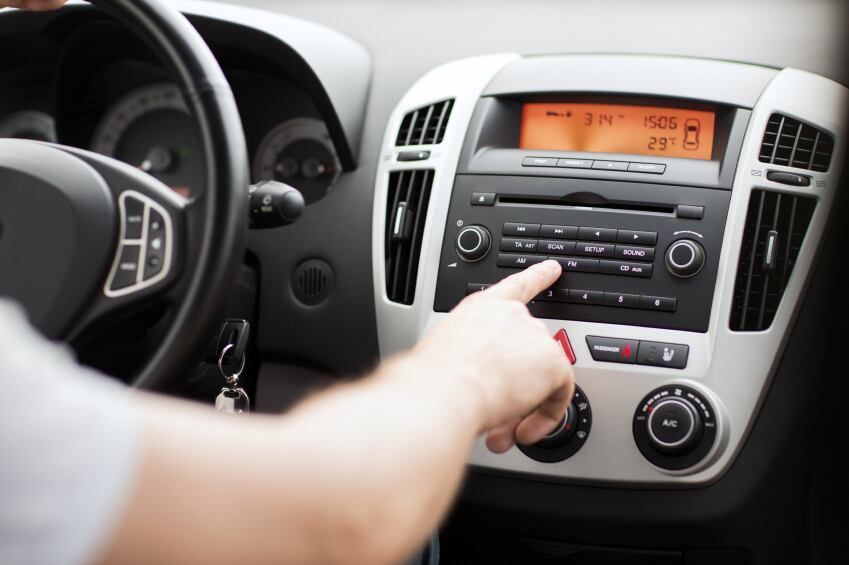The findings have particular relevance to local councils, school and public health officials, who may see this study as compelling evidence to restrict the concentration of fast food outlets around schools.
Neighbourhood food environments have an influence on children, who are more restricted geographically than adults.
They are therefore more captive to local food outlets, recreational spaces and transportation infrastructure.
The study, performed by Western University researchers, found that the length of time children are exposed to unhealthy food outlets between home and school had a significant effect on whether they bought this type of food.
When a child was exposed to a fast food outlet, 1 in 20 bought food.
The length of time that a child was exposed also increased their chances of making a purchase. The chances increased from 1.7% at less than one minute of exposure to 16% at 16 - 17 mins of exposure.
Trips home from school were more likely to result in a food purchase than trips to school.
This relationship remained strong even when the data was categorised by sex, trip direction (to/from school) and travel mode (active/car).
Mode of transport

Exposure while travelling by bus did not result in a junk food purchase, due to limited mobility and school restrictions.
The results also showed that trips by car, under adult supervision, were more likely to result in a fast food purchase.
"This suggests the powerful influence that parents can have on their children's eating habits and the need to be mindful of this,” said Dr Jason Gilliland, lead author and director of the Human Environments Analysis Laboratory at Western University.
“It also suggests that an active mode of travel may be healthier, not only for physical activity, but also for nutrition."
Between 2010 and 2013, 654 students aged 9–13 years from 25 schools completed a survey and an activity diary to identify food purchases.
The subjects were observed via a global positioning system for 2 weeks to track routes for trips to/from school. Exposure was measured as the minutes a child spent within 50 m of a fast food restaurant.
"These results show that trips by car, under adult supervision, are more likely to result in a junk food purchase,” said Gilliland.
“This suggests the powerful influence that parents can have on their children's eating habits and the need to be mindful of this. It also suggests that an active mode of travel may be healthier, not only for physical activity, but also for nutrition."
Source: Canadian Journal of Public Health
Published online ahead of print, doi: 10.17269/CJPH.107.5346
“Using GPS and activity tracking to reveal the influence of adolescents’ food environment exposure on junk food purchasing.”
Authors: Richard Sadler, Andrew Clark, Piotr Wilk, Colleen O’Connor, Jason Gilliland
